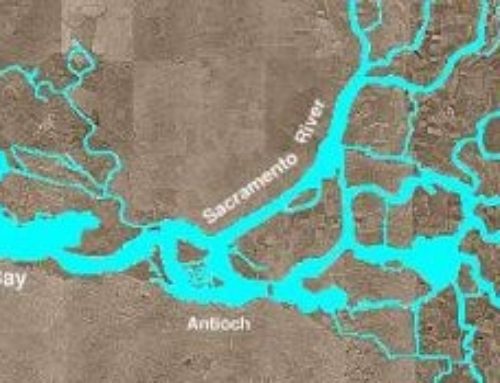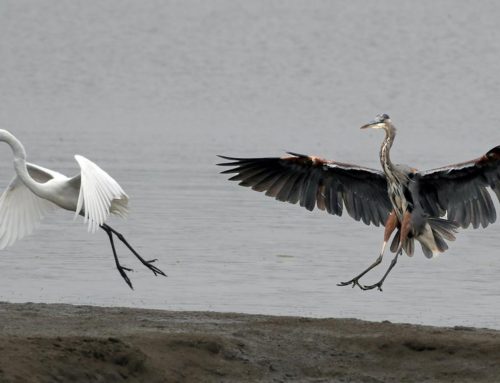-
Californians must continue to take under serious consideration how we manage our water supplies, our public trust resource, and the extent to which we can alter our behaviors to conserve water and use it. The current overdraught of the Delta is coming increasingly to our attention. The State Water Board has just produced a report suggesting that major cuts could be made to exports from the Bay Delta. Thanks to Catherine Elvert of the City of Palo Alto for passing on this information.
Californians Should Use Less Delta Water, report says
The State Water Board study provides new ammunition in the battle over the Sacramento-San Joaquin River Delta, a source of water for roughly two of three Californians.Water diversions won’t help restore collapsing fisheries in the Sacramento-San Joaquin River Delta, report says. (Los Angeles Times / July 10, 2008)
Californians need to take significantly less water from the state’s single largest supply, according to a state report that could lay the foundation for more limits on water shipments to the Southland.
The State Water Board document provides new ammunition in the intensifying battle over the Sacramento-San Joaquin River Delta, a source of water for roughly two of three Californians and a long-time victim of the state’s great thirst.
The draft report, released Wednesday, acknowledges that the delta’s many environmental problems extend beyond water diversions. But it concludes that restoring the delta’s collapsing fisheries and hydrologic rhythms are “fundamentally inconsistent with continuing to move large volumes of water through the delta for export.”
The study, authorized by state legislation passed last year, outlines standards that, if adopted, would substantially reduce the amount of water that could be diverted from the Northern California delta in most years.
Exports to the San Joaquin Valley and the Southland could drop 30% under the flow standards and diversions from the delta’s northern tributaries could be slashed by 70%, according to board estimates.
But the report is just that. It carries no regulatory clout. To take effect, the flow standards would have to survive a long process that would inevitably be influenced by the same political pressures that have for decades contributed to the delta’s decline.
“It would obviously devastate water supplies,” said Roger Patterson, assistant general manager of the Metropolitan Water District of Southern California, a major importer of delta water. “Nobody is proposing … this is what we’re going to do — because that clearly wouldn’t work.”
In a statement, Bob Nelson, executive director of a major Central Valley irrigation agency, the San Luis & Delta-Mendota Water Authority, called the board report “a purely theoretical exercise with no application in the real world.”
But delta advocates said the flow criteria would not be so easy to toss into a filing cabinet: They were drawn up by the water board at the Legislature’s request and touch on the same legal doctrines that forced Los Angeles to take less water from the Mono Lake basin in the Eastern Sierra.
“I think this is something that cannot be shelved. This has to have weight,” said Cynthia Koehler, senior attorney with the Environmental Defense Fund.
Couched in repeated caveats — that it was not a formal ruling and did not take into account the state’s other water requirements — the report focused on how much water is needed to protect the delta’s “public trust resources,” including fish, wildlife, and navigation. The answer: a lot more.
Diversions have altered the delta’s salinity patterns, reversed the flow of some of its channels and contributed to environmental degradation that began in the Gold Rush era. Migrating salmon populations have plunged and the once bounteous delta smelt is teetering on the edge of extinction.
The fish decline has triggered federal Endangered Species Act protections that have reduced water exports and are being challenged in a series of lawsuits filed by water users who argue that other environmental stresses on the delta are being ignored or minimized.
The same criticism was leveled at the new flow standards. “They are premised on the erroneous assumption that all the ecosystem’s deficiencies can be addressed through flow alone,” Laura King Moon, assistant general manager of the State Water Contractors, said in a statement.
The flow report will factor into delta management plans now being drafted by state and federal agencies in conjunction with water users and conservation groups. Ultimately, the decision on any new flow standards would be made by the water board.
Environmentalists said that in the tug of war between ecological and human water use, the report is an important recognition of nature’s needs.
“In the processes that will go forward, it’s going to be harder to ignore that side of the equation,” said Gary Bobker of the Bay Institute.






